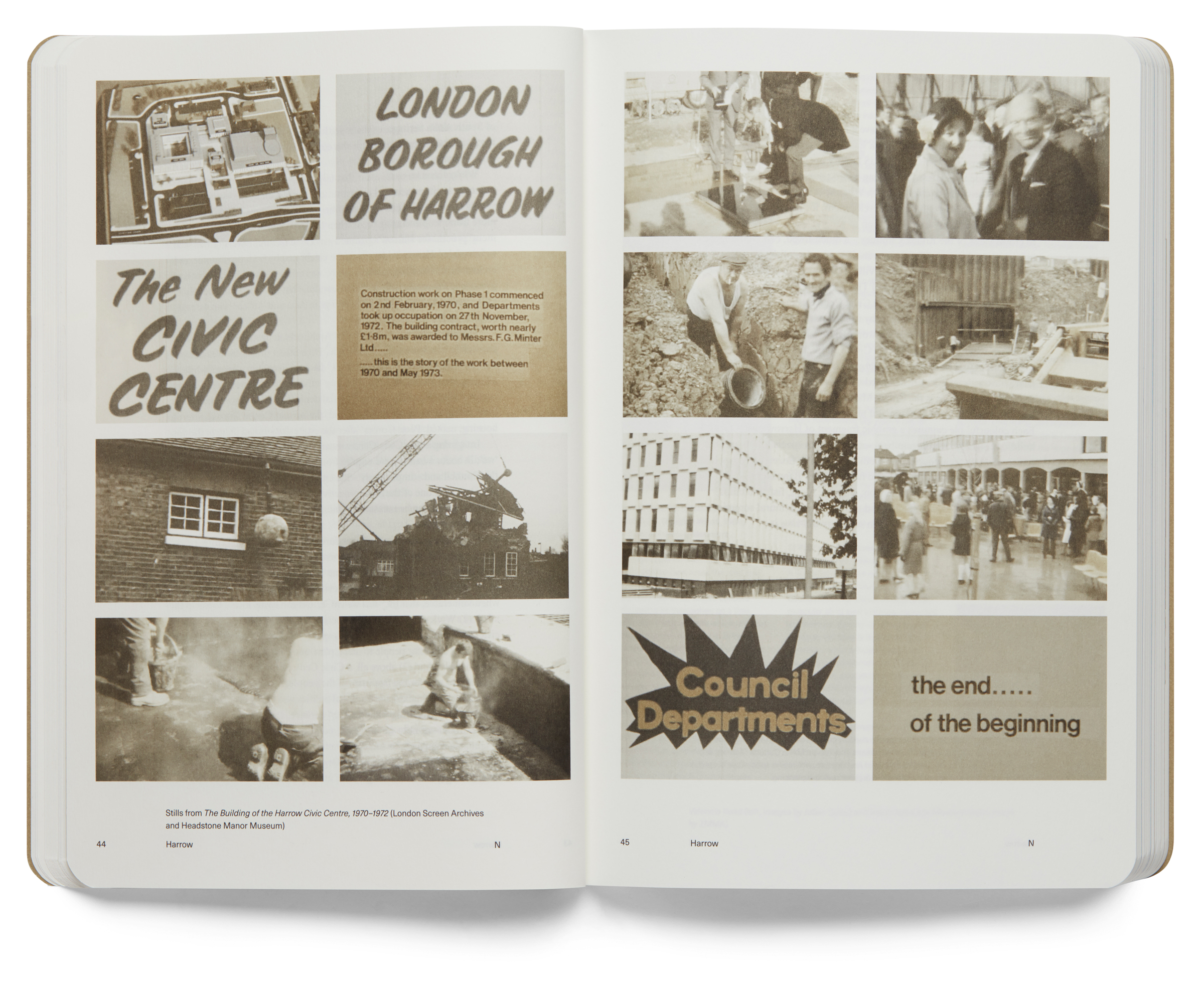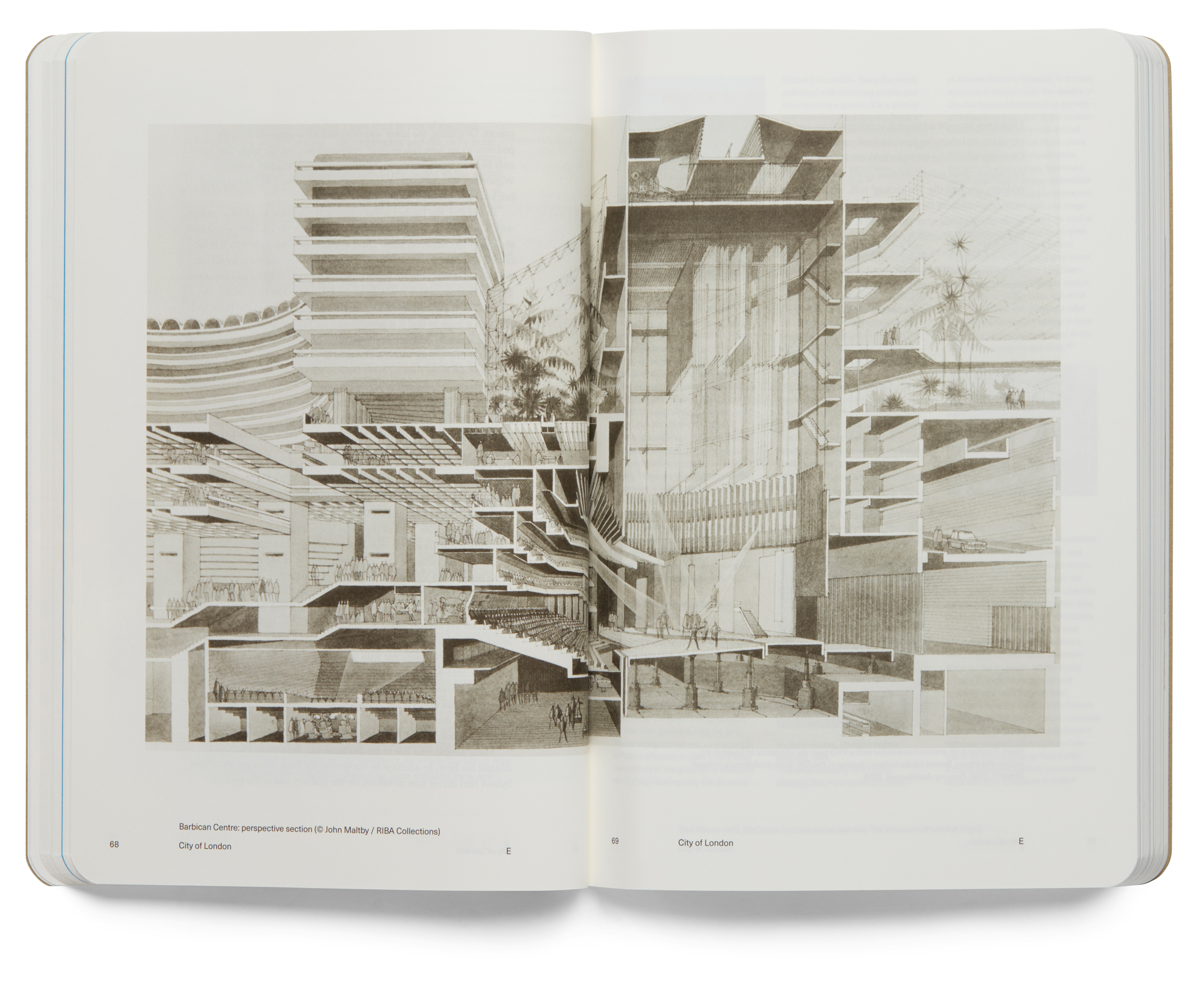Post
BOOK REVIEW | The Alternative Guide to London Boroughs
23 Sep 2020
Rob Fiehn reviews Open House's publication.
The Alternative Guide to the London Boroughs is a thing of beauty and charm. You wouldn’t expect much less with editor Owen Hatherley at the helm but this achievement is made even more impressive when you realise that the publication was turned around from concept to completion in a matter of weeks, during a pandemic.
The premise is simple, there are 33 boroughs in London so each one gets a short essay taken from the individual perspective of the author. It appears as if the 33 writers have been given free rein to represent their chosen location in a format that works for them, which ranges from walking around the Becontree Estate, taking a bus to Brixton or exploring the London County Council archives to understand municipal architecture. These different approaches make the whole book more compelling, as it’s hard to get bored when the style and subject matter varies from chapter to chapter.
With such a plurality of voices it was inevitable that I wouldn’t like all of the essays but I was surprised to find myself drawn to the more personal stories, rather than the architectural descriptions. As a resident of Waltham Forest, I was particularly taken with the experiences of Eli Davies as she considers her Chingford background and the area’s relationship to its parent city. She also had to deal with explaining where she was from when at Sussex University, which is something I experienced while at the same institution, albeit from a south London suburban context (I am aware this makes me extremely biased towards this particular chapter).
The book was promoted on social media for advance sales and it was clear that it would be a collection of essays but the finished product is much more richly illustrated than I expected. A glorious section of the Barbican accompanies the City of London chapter, while Merlin Fulcher has included his own school photos for the section on Wandsworth, written by Dr Ruth Lang.
The end result is a collection of very personal experiences of London that will resonate with a wide audience, whether you are from the capital or not. The stories about families and identity are pretty universal and I would be surprised to find a reader who claimed they couldn’t connect with any of the writing.
The varying perspectives on one city reminds me of Calvino’s Invisible Cities, in which Marco Polo describes multiple locations within Kublai Kahn’s empire but they are all really intimately connected to Venice. Unlike that book, the different authors in the Open House guide provide a lightness that makes me want to pick up my old copies of Granta that feature short stories and introduce me to new writers. The publication itself takes you on a journey, led by people who care deeply about the tour, which in reality is the best part of Open House that some of us can’t experience in person right now.
The Alternative Guide to London Boroughs can be bought direct from Open House here.


